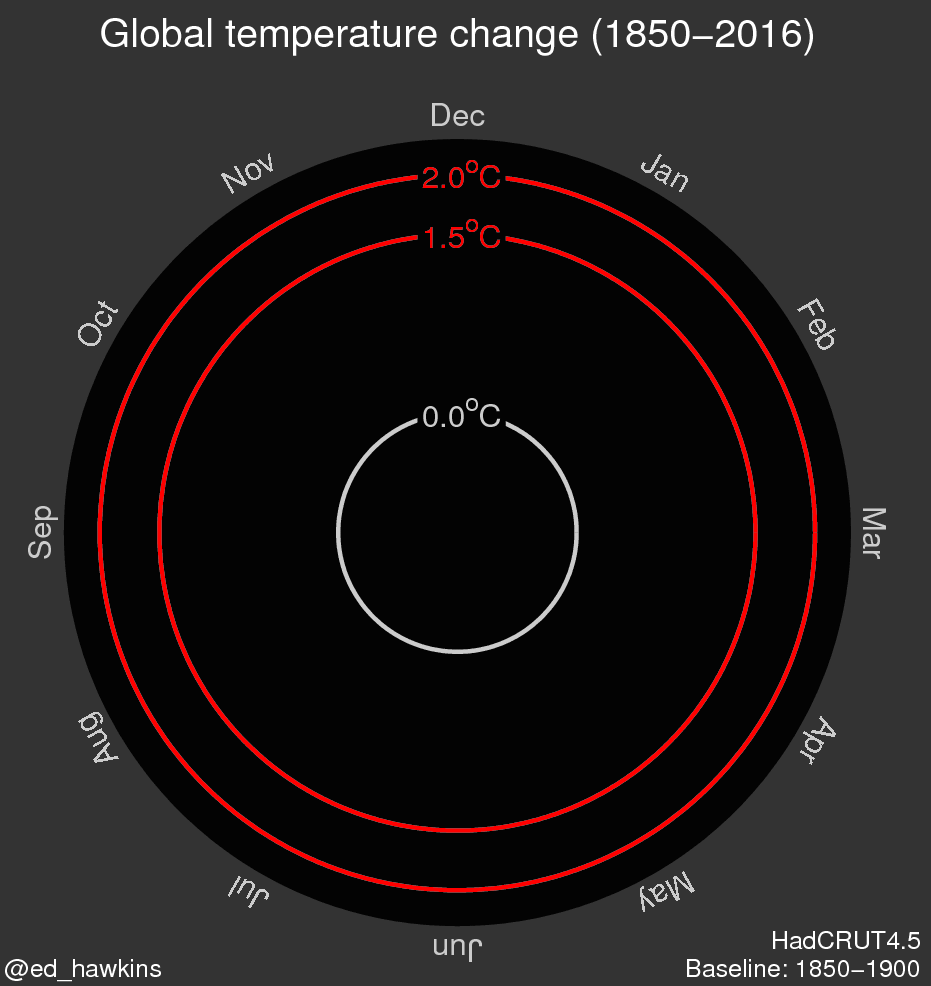Well, it's already my last post - this has come round extremely quickly! I'd like to use this last post to summarise the things I've been talking about, and to reflect on my blogging experience. I hope that the passion I have for this subject has come across over the last few months, and that it hasn't been too disorientating - I know I've thrown a lot of different information at this blog, but this really reflects the diverse nature of hydrological climate change and the effects it has on humans, both directly and indirectly. Some of the posts have had very individual themes, so I'd like to conclude the messages I've been conveying.
1. Climate change caused by humans is altering the hydrological cycle as a whole, with a wide variety of effects - increased rainfall, drought, declines in water quality, a less reliable water supply, reductions in the water available in the tropics - just to name the major ones.
2. Hydrological climate change is intrinsically linked to human health and well being, seeing as we all depend on water. These effects range from the physical (e.g. contaminated drinking water), to the economic (e.g. damage from flooding), to the mental (e.g. risk of extreme weather and associated fear).
3. Though we are pretty sure what the main trends are going to be, we must not forget that their is still great uncertainty associated with attempting the model changes to the hydrological cycle and their potential effects - uncertainty is inherent whenever you try to predict something that has not yet happened.
4. This is not a problem to leave for the future - it is already happening. I hope that it is has run through the blog that my personal opinion is that now is the time for action. I am deeply worried that the scientific community refuses to be as vocal as it should about the potential effects of climate change, largely as a result of the uncertainties involved and a strict adherence to the traditions of the scientific method, feeling that we have to always talk about the uncertainties to be truly scientific. I disagree with this approach. I have long been an admirer of the late Stephen Schenider, a climate scientist who worked with the IPCC and recognised how science has to change its approach when communicating climate change:
On the one hand, as scientists we are ethically bound to the
scientific method, in effect promising to tell the truth, the whole
truth, and nothing but — which means that we must include all the
doubts, the caveats, the ifs, ands, and buts. On the other hand, we are
not just scientists but human beings as well.
Schneider did not directly work on climate change and the hydrological cycle, but I agree with his words. We cannot expect the world to make decisions if things are perceived as so uncertain - the science has to be expressed in a way that makes sense to the world as a whole, and not just the climate scientists, if anything is to truly change.
I hope you've enjoyed reading my blog, and that I've presented the science fairly. Writing about hydrological climate science in non academic casual language has been such a joy - science exists to be communicated and this is the way to do it best, despite academic prose having it's place. It is my great hope that I can come back and read this blog in 10 years and feel happy in the progress we have made in understanding and mitigating against the effects hydrological climate change may have on humans. Here's hoping.


